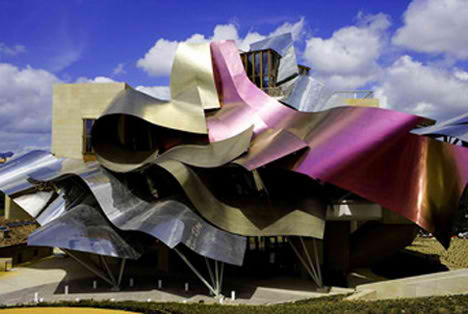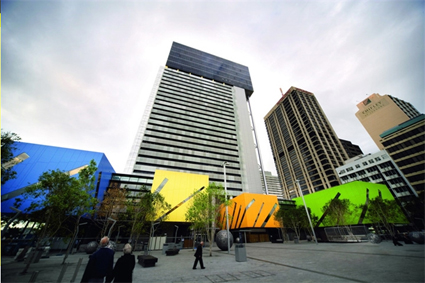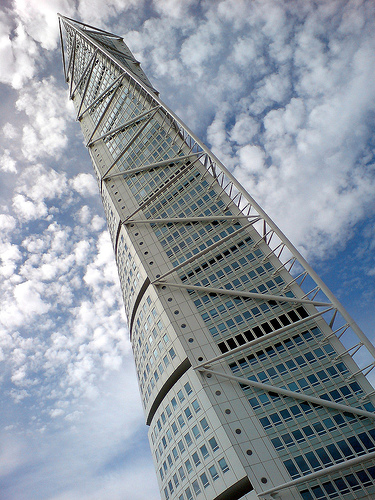According to Mr Reynolds in his 1999 article Adult Hardcore, “vocal science” was coined by Bat of ukdance to refer to the vivisection of a diva’s vocals into little chunks which then would be played like a drum kit. The resulting disembodied wails and stuttering screams would not “resemble a human being so much as an out-of-control desiring-machine”. Through the use of studio techniques such as acceleration, pitchshifting, timestretching, looping, filtering etc, the human voice is made to sound inhuman. This tension, according to Reynolds, suspends some of the binary divisions persistent in rave music, in particular, human versus machine, soul versus posthuman, organic versus synthetic (I recommend reading his article if you haven’t already, it’s great!)
For me, the appeal of Whistla’s tracks is that they eschew complex bass mechanics and overwrought drum trickery in order to foreground the delicious vocal gymnastics. Of course he is not the first, Whistla continue the old tradition established by Todd Edwards et al. but I suddenly find myself excited about it all over again. My favourites include Whistla’s remix of Duncan Powell’s Care 4 Me, Take Me On, and in particular London Love Story where more vocal samples are added as the track progresses ending in a wonderful cacophony of disembodied voices.
I’ve also been listening to a lot of Juke lately which incidentally also makes liberal use of vocal samples, albeit in quite a different way. In many tracks short spoken phrases or shouts are looped endlessly over the requisite instrumentation of heavy bass and crazy 808 toms. With little fx processing these vocal samples are usually easy to understand but tireless repetition starts to affect the perception of the sound. Similar to how a word loses meaning if you say it to yourself a hundred times, the looped phrase starts to decompose into its sounds and syllables as the verbal meaning behind the words melts away. Through repetition we become more aware of the hidden texture and subtle timbres of the particular sample. The effect is heightened when multiple vocal loops are layered and we hear a rhythmic jumble of syllables freed from verbal meaning. An example of this can be heard in DJ Slugo’s I’m Higher Than a M.F. where the main vocal is split in half and both halves are layered over each other to create a sort of incomprehensible stoned mantra.
Another common technique is to rapidly play a specific syllable of a repeated phrase to highlight a particular sound. For example, the phrase “what that move you do” may have the “what that” or simply “what” played in a machine gun manner to emphasise the specific textures of those words and deemphasise the literal meaning behind the phrase as a whole.
Although their approaches are different, both 2-step and Juke use vocal editing to emphasise the sound of the human voice over the meaning of what that voice is saying. And by doing this using hardware or software, they create that tension between human and machine, organic and synthetic. However, one thing which does unite 2-step’s and Juke’s differing vocal sciences is the avoidance of heavy fx processing. The voices may chopped and looped but they are rarely vocoded, auto-tuned or “coloured” in some way. Juke and 2-step producers mine vocal samples for their inherent human timbres and textures, leaving them mostly intact but editing and rearranging them into something non- or beyond human (although pitch-shifting and timestretching are used heavily, I believe those techniques leave the recognisably human qualities of voice intact) .
A vocoded voice is still human, just strange, but a barrage of vocal snippets or crushing repetition is the sound of something non-human appropriating the human voice for its own devious ends.
- juke it juke it juke it juke it juke it juke it juke it juke it juke it juke it juke it -
You can hear Whistla’s tracks on his MySpace and he’s on SubFM every Tues 8-10pm.
For some Juke I’d recommend going to this dissensus thread for some mixes and links to artists etc.










